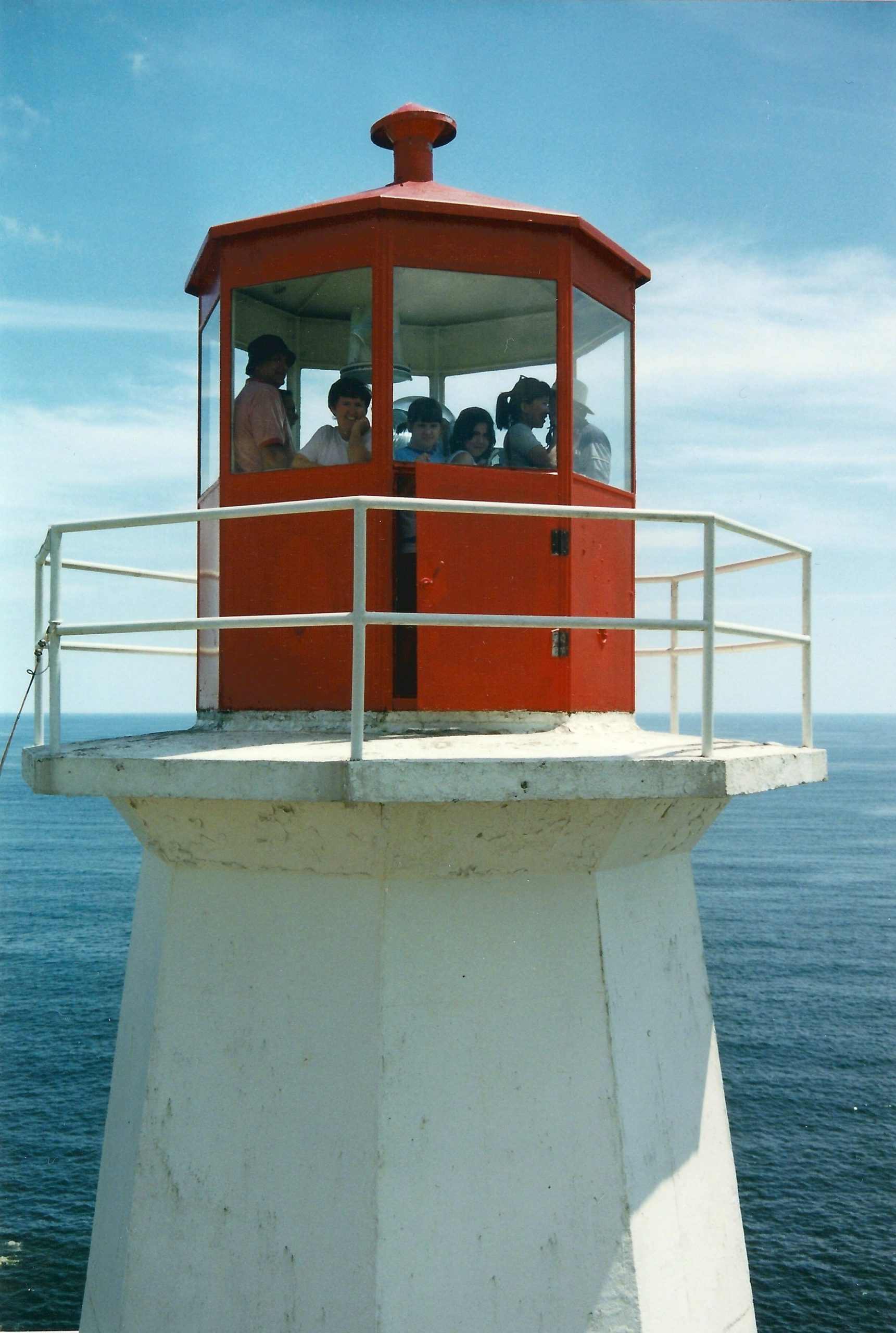Canada’s Lighthouses

LIGHTS OUT FOR CANADA’S LIGHTHOUSES
Despite the efforts of Senators, Members of Parliament, heritage organizations and volunteer citizens to get the Heritage Lighthouse Protection Act (HLPA) in place, many of Canada’s heritage lighthouses remain at risk.
The federal Department of Fisheries and Oceans (DFO) has declared surplus virtually all its lighthouses, numbering close to 1,000. This action effectively emasculates the HLPA and shifts the responsibility for lighthouse protection entirely onto local communities.
Why it matters:
Lighthouses form an integral part of Canada’s identity, culture and history. Most lighthouses are held by DFO, with a few held by Parks Canada Agency.
The Act was needed because the existing Federal Heritage Building Policy of 1982 is not binding on federal employees and departments, is not enforced, and does not provide for public input and consultation. As a result, federally owned lighthouses made surplus by automation, or replaced with lights on metal structures, were increasingly at risk.
Examples:
• The lighthouse on Mosher Island, Nova Scotia was pushed over and burned to the ground when no longer needed by DFO
• The lighthouse at Seal Island, Nova Scotia (1830) is the oldest known operating wooden light, but is deteriorating due to lack of maintenance.
The intent of the HLPA is “to conserve and protect heritage lighthouses”—legislation that elected officials, HCF, the Nova Scotia Lighthouse Preservation Society, and other groups across Canada worked tirelessly to enact for over 10 years.
Why they’re endangered:
The Act allows lighthouses that are declared “surplus to operational requirements” to be designated under the HLPA only if a person or body submits a written commitment to buy or otherwise acquire them and protect their heritage character in the event that they are designated. This acknowledges the reality that many lighthouses are no longer serving as aids to navigation, as well as the reality that DFO has no interest in continuing to invest in these structures.
However, DFO has now declared surplus not only its inactive lights, but also what appears to be almost all of its active lights, with the total surplus list numbering close to 1,000. DFO’s action undermines the intent of an Act of Parliament, as follows:
1. By including active lighthouses in the list of
surplus lighthouses, DFO appears to be attempting to circumvent its obligations under the Act. Active lights are by definition fulfilling operational requirements, and therefore should not be designated ‘surplus’.
2. This action by DFO makes designation of almost any lighthouse contingent on an offer to acquire or purchase. The irony is that once an offer to acquire or purchase is accepted and
ownership transferred, designation under the Act would be null and void, because the Act is limited to lighthouses in federal ownership.
3. While many communities may be prepared to make offers to acquire or purchase their local lighthouses, not all lighthouses are easily accessible and maintainable, or surrounded by an active community. Many are complex, remote structures that need regular investment and special equipment. This leaves the fate of these lighthouses, many of them unquestionably iconic and historic, yet excluded from protection under the Act due to DFO’s designation of them as surplus.
Where things stand:
The Heritage Canada Foundation has written to the Minister of the Environment and the Chair of the Senate Standing Committee on Fisheries and Oceans to bring attention to serious issues that have surfaced with regard to the Heritage Lighthouse Protection Act.
Location: National
Top 10 Endangered Places List: 2010
Status: Endangered
